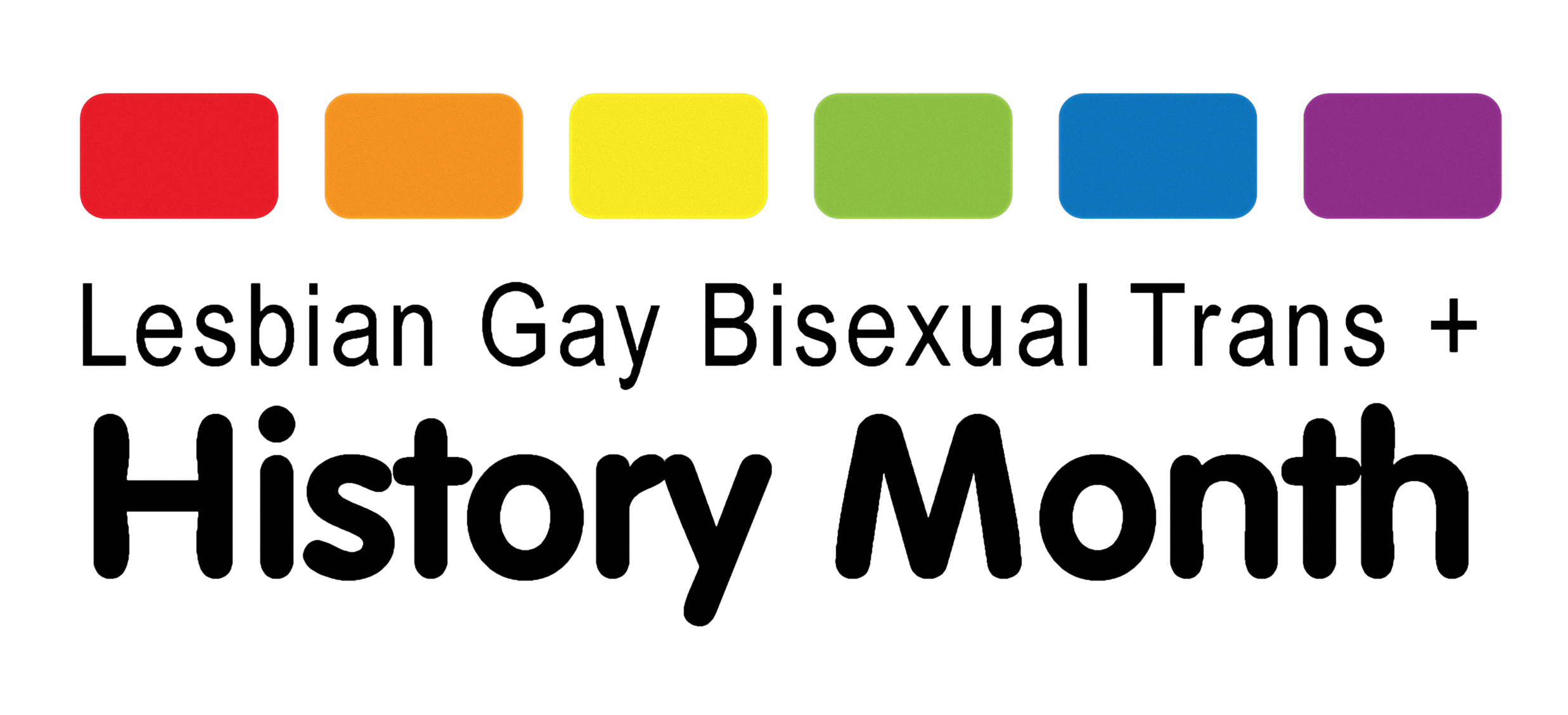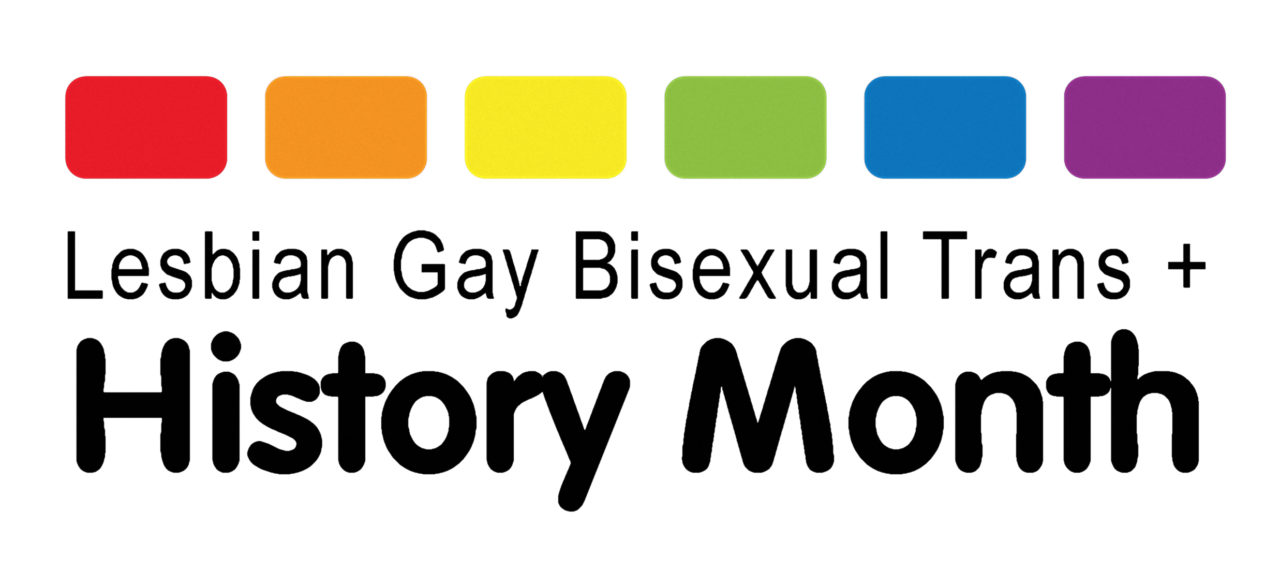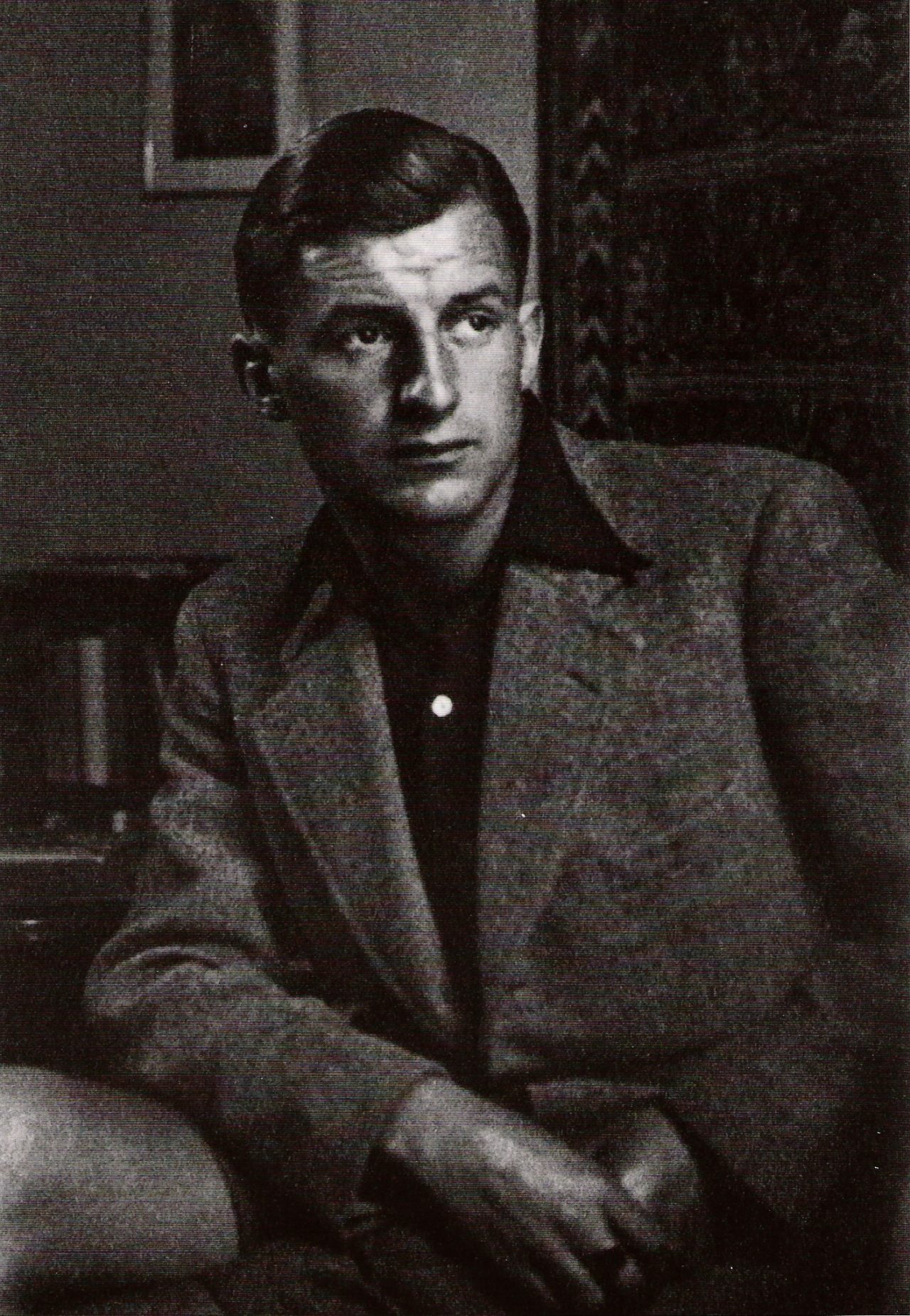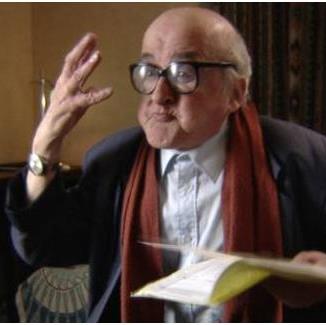LGBT History Month
February is LGBT (Lesbian, Gay, Bisexual, Transgender) History Month, which aims to promote equality and diversity by increasing the visibility of lesbian, gay, bisexual and transgender (LGBT) people, their history, lives and their experiences. It promotes awareness, safety and wellbeing, and can be a time to learn about Nazi persecution of gay people.
 The Nazi regime targeted gay people using the pre-existing legislation known as Paragraph 175, which criminalised homosexual acts. Within days of Hitler becoming Chancellor LGBT people began experiencing persecution. Many gay people fled abroad, entered into heterosexual marriages or conformed to Nazi ideals. Germany’s thriving gay culture was destroyed.
The Nazi regime targeted gay people using the pre-existing legislation known as Paragraph 175, which criminalised homosexual acts. Within days of Hitler becoming Chancellor LGBT people began experiencing persecution. Many gay people fled abroad, entered into heterosexual marriages or conformed to Nazi ideals. Germany’s thriving gay culture was destroyed.
Significant numbers of gay men were arrested by the Nazis, of whom an estimated 50,000 received severe jail sentences in brutal conditions. Most were not sent to concentration camps but were instead exposed to inhumane treatment in prisons. They were subjected to hard labour and torture, experimented on and executed. Some 10-15,000 were deported to concentration camps. Many, but not all, were assigned pink triangles. Many of the gay men imprisoned in camps were castrated and some subjected to gruesome ‘medical experiments’. Most of them died in the camps.
We who wore the pink triangle were prioritised for medical experiments, and these generally ended in death. For my part, therefore, I took every care I could, not to offend against the regulations.
– Heinz Heger, who was arrested in 1939 for being homosexual and transported to Sachsenhausen Concentration Camp where he spent six years before being liberated.
After the war, the Allies chose not to remove the Nazi-amended Paragraph 175. Neither they, nor the new German states, nor Austria would recognise homosexual prisoners as victims of the Nazis – a status essential to qualify for reparations. Indeed, many gay men continued to serve their prison sentences.


